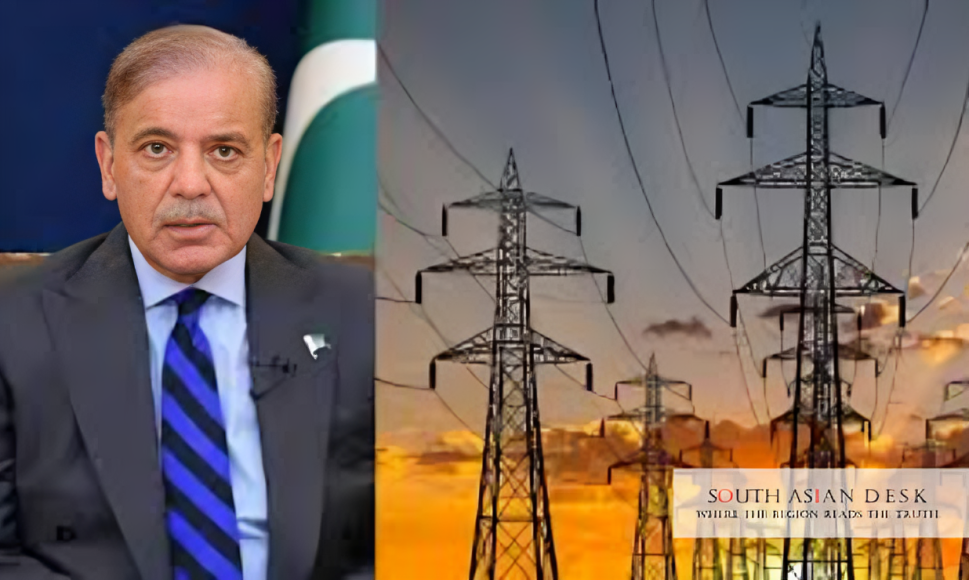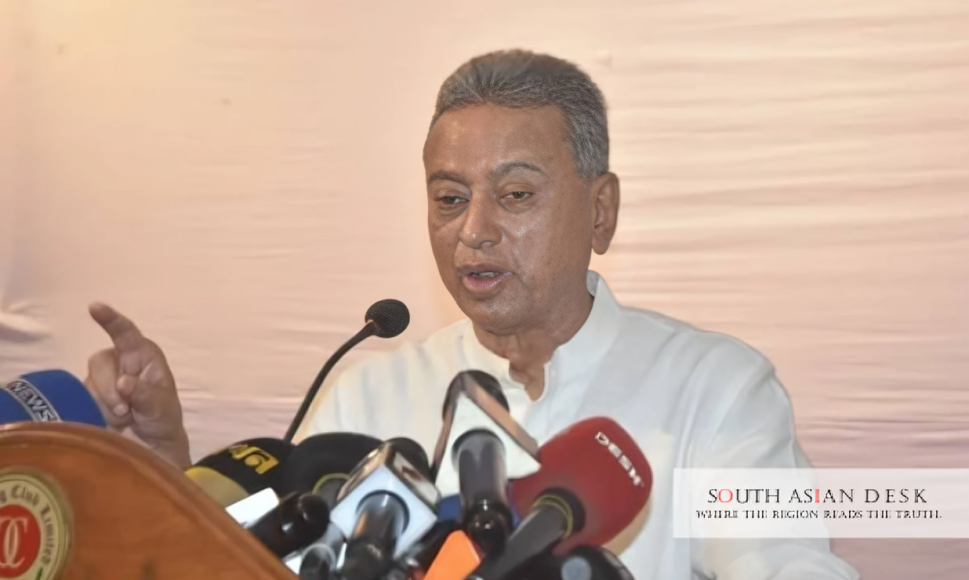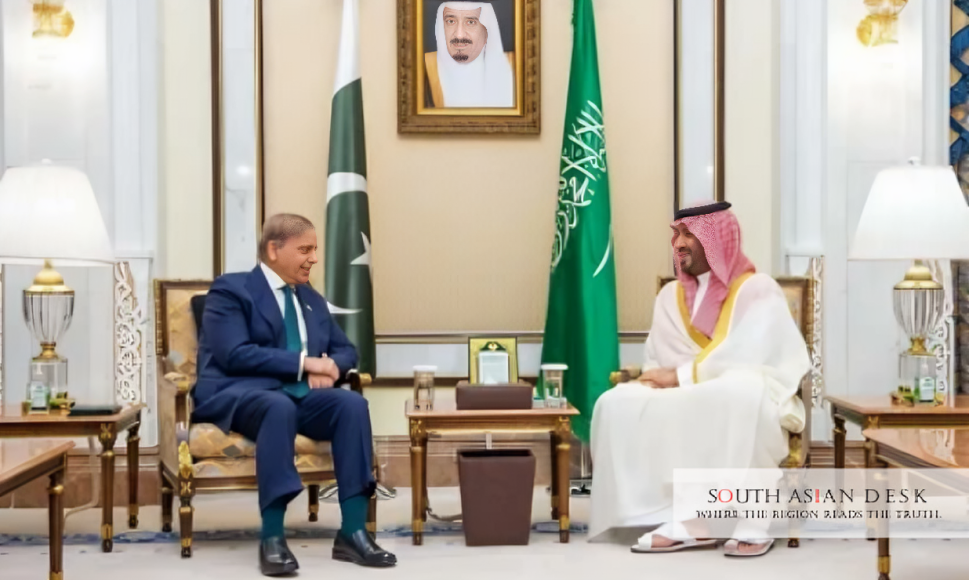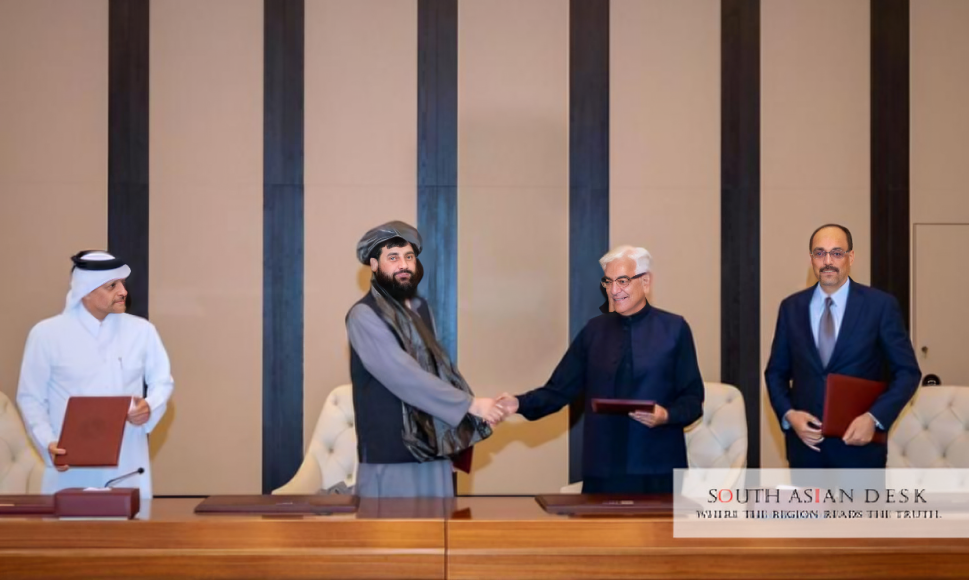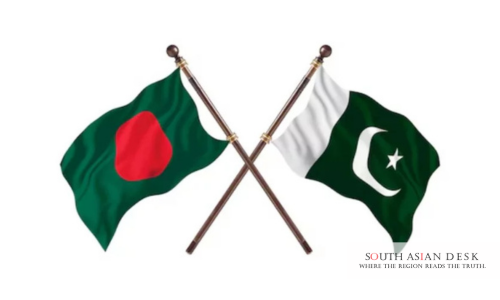Islamabad, October 24, 2025 – Prime Minister Shehbaz Sharif unveiled the Pakistan PM 3 year energy package industry on Thursday, targeting industrial and agricultural sectors with subsidised electricity rates to drive growth and employment. The announcement came during a meeting with business leaders and experts in Islamabad, effective from November 2025 for three years.
This initiative addresses Pakistan’s persistent energy woes, where high tariffs have stifled productivity. By offering relief without hiking bills for households, the government seeks to channel surplus power into revenue-generating activities.
Why the Pakistan PM 3 Year Energy Package Industry Matters
Pakistan’s economy, the second-largest in South Asia, faces chronic power shortages and soaring costs that ripple across the region. High energy prices have eroded competitiveness against neighbours like India and Bangladesh, curbing exports and inflating import bills. This package could stabilise supply chains, boost regional trade, and ease inflationary pressures felt in interconnected South Asian markets. It underscores Islamabad’s pivot towards targeted reforms, potentially setting a model for energy-vulnerable economies in the subcontinent.
Shehbaz Sharif Roshan Economy Power Package Unveiled
The Roshan Maeeshat Power Package, also termed the Shehbaz Sharif Roshan Economy Power Package, provides additional electricity at a flat rate of PKR 22.98 per unit. This marks a sharp cut from current tariffs of PKR 34 per unit for industries and PKR 38 for agriculture. The subsidy applies solely to consumption exceeding last year’s levels, incentivising expansion without disrupting baseline supplies.
Prime Minister Sharif emphasised the package’s role in economic revival. “The development of industry and agriculture is crucial for the country’s economic growth and job creation,” he stated. He added that the government aims to enhance competitiveness and ease of doing business in these sectors.
The measure builds on a prior winter incentive that drew 410 gigawatt-hours of extra usage, spurring factory output and employment. Officials project it will redirect 7,000 megawatts of idle capacity, averting waste and fuelling productivity.
Pakistan Power Subsidy Industries 2025: Key Benefits and Mechanics
Under the Pakistan power subsidy industries 2025 framework, sectors gain progressive savings on ramped-up demand. For industries, average tariffs could fall to PKR 32.50 with 25 per cent more usage, PKR 30.90 at 50 per cent increase, and PKR 28.90 if doubled. Farmers see drops to PKR 30.30, PKR 29.10, and PKR 27.60 respectively. Overall, industries save about PKR 5 per unit on average, while agriculture gains PKR 7.
Energy Minister Sardar Awais Ahmad Leghari highlighted the strategic shift. “The government decided to channel 7,000 megawatts of surplus electricity to productive sectors rather than letting it go to waste,” he said. “The cost of additional units for both industry and agriculture has been reduced to PKR 22.98 per unit. This will help reduce the overall average cost of electricity purchases and stimulate economic activity across the country.”
The package runs until October 2028, aligning with fiscal year cycles. No direct fiscal burden falls on domestic users, as subsidies draw from reallocated surpluses. This targeted approach shields vulnerable households amid ongoing inflation battles.
Industry representatives welcomed the move. The delegation, including business community voices, urged swift implementation to capitalise on global demand. One expert noted during the meeting that lower costs could lift exports by 10-15 per cent in textiles and manufacturing, key pillars of Pakistan’s economy.
Background: Tackling Pakistan’s Energy Crunch
Pakistan has long battled circular debt exceeding PKR 2.5 trillion in its power sector, fuelling tariffs and blackouts. Recent IMF-backed reforms stabilised finances but squeezed industries. Last year’s pilot scheme proved subsidies’ efficacy, adding 410 GWh and creating thousands of jobs. The Shehbaz Sharif Roshan Economy Power Package extends this success, focusing on surplus utilisation to avoid new debts.
High costs have idled factories and strained farmers, contributing to a 2.4 per cent GDP growth forecast for 2025. By prioritising exports, the initiative ties into broader Roshan initiatives for overseas remittances and investment.
Pakistan Power Subsidy Industries 2025: Challenges Ahead
Implementation hinges on distribution companies’ efficiency. Past subsidies faced delays due to billing disputes and grid constraints. Officials pledge monitoring to ensure 100 per cent uptake by mid-2026. Environmental groups call for green incentives within the package to align with net-zero goals.
The economy shows green shoots: inflation dipped to 7.2 per cent in September 2025, and reserves hit USD 10 billion. Yet, external shocks like oil price volatility loom. The Pakistan PM 3 year energy package industry fits into a PKR 5 trillion annual budget, where energy allocations total PKR 1.2 trillion.
Prime Minister Sharif lauded his team’s efforts. “The journey from economic crisis to stability has been challenging, but it became possible through hard work,” he said. “Development of agricultural and industrial fields will lead the country to get rid of debt.”
What’s Next for the Shehbaz Sharif Roshan Economy Power Package
Stakeholders anticipate rollout guidelines by November 1, 2025. Parliament may review extensions based on impact metrics like export volumes and job data. Regional forums, including SAARC energy talks, could amplify the model.
As Pakistan navigates 2025’s uncertainties, the Pakistan PM 3 year energy package industry stands as a cornerstone for self-reliance. It promises not just cheaper power, but a brighter industrial horizon.
Published in SouthAsianDesk, October 24th, 2025
Follow SouthAsianDesk on X, Instagram, and Facebook for insights on business and current affairs from across South Asia.


